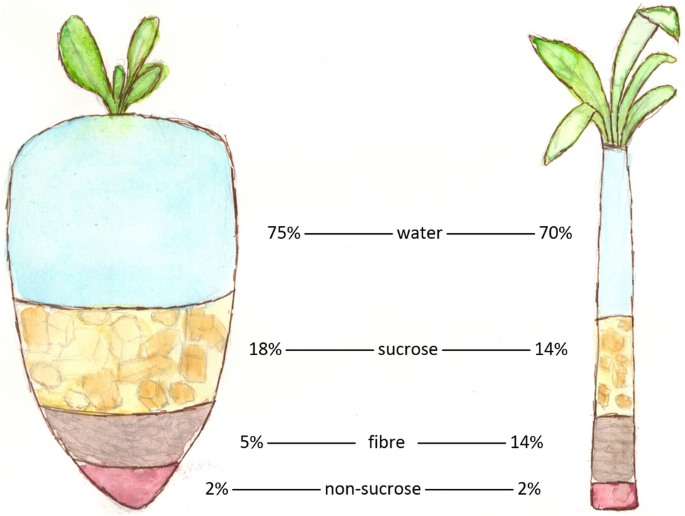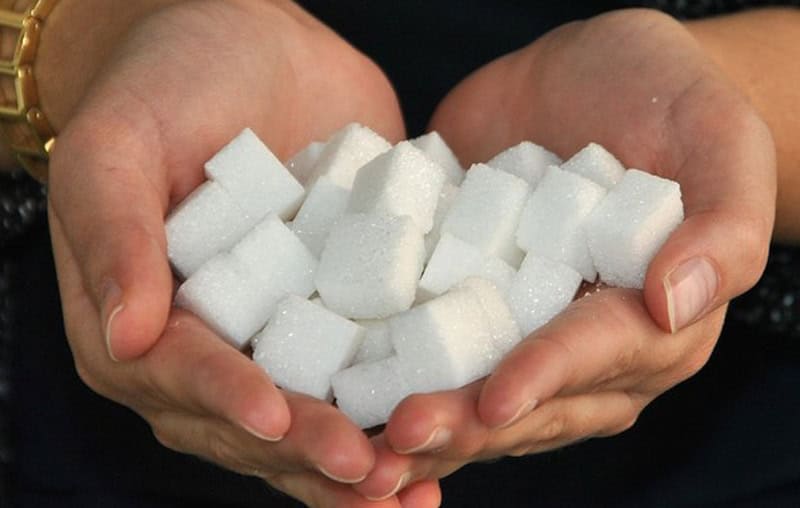The sourcing of beet sugar vs cane sugar affects environmental sustainability in the sugar industry.
Discover the Uses and Perks of Beet Sugar Vs Cane Sugar in Your Daily Diet Regimen
Discovering the unique high qualities of beet and cane sugar exposes more than simply their sweetening capacities; it highlights their one-of-a-kind impacts on health and wellness and cooking arts. Beet sugar, known for its refined taste, is commonly preferred in fragile desserts, whereas cane sugar, with its tip of molasses, includes richness to durable recipes. Each type holds its very own nutritional account and glycemic effects, inviting a deeper understanding of their roles in a balanced diet and sustainable intake methods.
Origin and Production Procedures of Beet and Cane Sugar

The distinct climates and soil types needed for growing sugar beets and sugarcane contribute to distinctions in their growing techniques and geographical circulation, affecting the economics and sustainability of their production. beet sugar vs cane sugar.
Nutritional Contrast In Between Beet Sugar and Cane Sugar
Despite originating from different plants, beet sugar and cane sugar are nutritionally really similar, both largely consisting of sucrose. Each offers about 4 calories per gram, converting to roughly 16 calories per tsp. Structurally, both sugars are composed of approximately 99.95% sucrose, with marginal amounts of various other materials like wetness and trace element, which do not significantly alter their nutritional profiles.

Eventually, when choosing in between beet sugar and cane sugar based upon dietary web content alone, both offer the same advantages and disadvantages as they are essentially kinds of the same molecule-- sucrose, giving fast power without other nutrients.
Effect on Wellness: Glycemic Index and Caloric Material
Exploring additionally into the effects of beet sugar and cane sugar on health, it is crucial to consider their glycemic index and calorie material. The glycemic index (GI) of both beet and cane sugar is around 65, categorizing them as high-GI foods, which can cause quick spikes in blood sugar degrees.
Each sort of sugar consists of around 4 calories per gram, making their caloric content matching. For those keeping track of caloric consumption, particularly when handling weight or metabolic wellness problems, comprehending this equivalence is important (beet sugar vs cane sugar). Excessive usage of any high-calorie, high-GI food can contribute to health problems such as excessive weight, heart disease, and insulin resistance.
Environmental and Economic Considerations of Sugar Manufacturing
Beyond wellness influences, the production of beet and cane sugar likewise raises substantial environmental and financial worries. Sugar beet cultivation has a tendency to require cooler climates and has a reduced geographical footprint contrasted to sugar cane, which thrives in tropical regions.
In addition, the usage of chemicals and plant foods in both beet and cane sugar growing can lead to dirt destruction and pollution, more influencing biodiversity and regional water bodies (beet sugar vs cane sugar). The option in between growing sugar beet or cane frequently rests on neighborhood ecological problems and economic factors, making the sustainability of sugar production a complex issue
Culinary Applications and Taste Differences
While the environmental and financial facets of sugar production are without a doubt considerable, the selection in between beet and cane sugar likewise influences cooking applications and flavor profiles. Beet sugar, acquired from the sugar beet plant, is understood for its extremely neutral taste. This makes it a functional ingredient in baking, where it does not change the taste of other parts. It liquifies rapidly and is perfect for usage in cakes, cookies, and pastries.
Cane sugar, removed from sugarcane, usually keeps molasses traces, which present an unique splendor and depth. The this page slight variant in dampness web content in between beet and cane sugar can affect the texture and consistency of recipes, making cane sugar a favored option for specific recipes that benefit from its special residential properties.

Conclusion
To conclude, both beet and cane sugar have unique beginnings and manufacturing processes, offering similar dietary accounts with small distinctions in salt content and taste. While their influence on health, particularly pertaining to glycemic index and calories, is similar, the selection between them commonly steams down to ecological, financial variables, and certain cooking explanation requirements. Comprehending these aspects can guide customers in making informed choices that straighten with their health and wellness goals and taste choices.